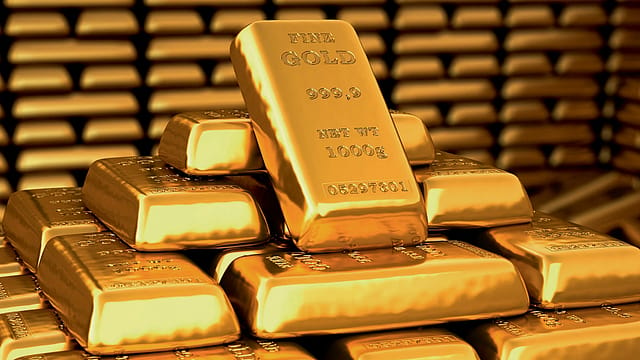High prices slash domestic gold demand 7% in Q2FY23
ADVERTISEMENT

Record high gold prices caused demand for gold in India to decline 7% to 158.1 tonnes in Q2 2023, compared to overall Q2 demand of 170.7 tonnes in 2022. However, value wise demand rose by 4% to ₹82,530 crore, compared to the ₹79,270 crore sales in Q2 of 2022.
Total Jewellery demand also went down by 8% to 128.6 tonnes for Q2 2023, compared to 140.3 tonnes sold in Q2 last year, though jewellery demand rose 3% by valuewise during the quarter to ₹67,120 crore from ₹65,140 crore in the corresponding quarter of last year, says data from the World Gold Council, which tracks sales of gold sales globally at the wholesale level.
Though total investment demand for gold decreased by 3% at 29.5 tonnes in Q2 of this this year in comparison 30.4 tonnes during the corresponding quarter of last year, valuewise there was an increase of 9% to ₹15,410 crore, compared to ₹14,140 crore in Q2, 2022.
"This decline in demand can be attributed to the prevailing record high rupee gold prices, which significantly impacted affordability and consumer sentiment", says Somasundaram PR, Regional CEO, India, World Gold Council.
The data also says gold recycling in India witnessed a sharp spike during the quarter, with an increase by 61% to 37.6 tonnes compared to the previous year. Many consumers would have opted to book profits from historic high gold prices.
Somasundaram notes that there was a brief but notable impact on gold demand following the kneejerk reaction to the ban of 2,000-rupee notes during the quarter. This highlights the sensitivity of Indian consumers to policy changes, which can have short-term effects on gold demand. While challenges related to high gold prices and inflation persisted, the supportive economic backdrop and consumer adaptability played a significant role in bolstering the market's resilience, elaborated the World Gold Council.
The World Gold Council predicts full year gold demand in the range of 650-750 tonnes in 2023. "Looking ahead for rest of the year, we remain cautious about gold demand as it faces uncertainties due to elevated local prices and slowdown in discretionary spending. However, the success of the monsoon season could bolster sentiment ahead of Diwali season and throw positive surprises," says Somasundaram. Sales in the first half of the year was 271 tonnes.